Formal Elements
Line
Lines are a great starting point when thinking about formal elements, as they are almost everywhere. Start by looking for lines in your composition that can guide the viewer through your shot or to a specific focal point. These are known as leading lines.

Shape
Effectively representing shape and form in your compositions can turn objects, landscapes and figures into defined, striking focal points. Using various lighting techniques, such as backlighting, silhouettes, and paying attention to shadows, will help elevate the shapes and forms in your shot.
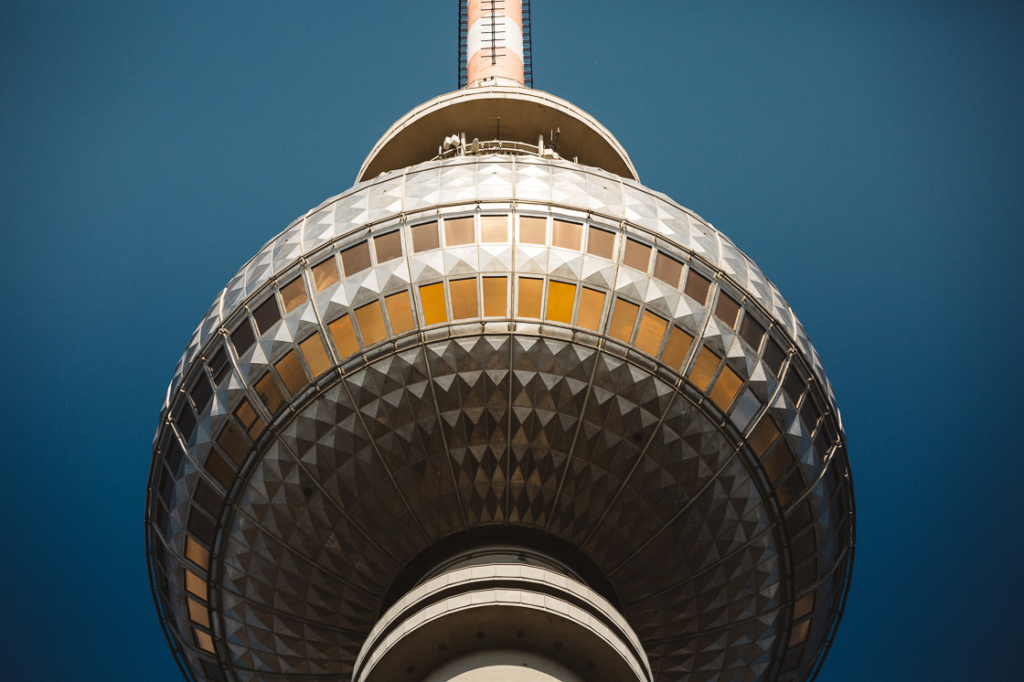
Space
Building space into your compositions creates a sense of scale and brings added depth to your shot. It can also provide breathing room for your image’s main subject, allowing the viewer to focus on the scene’s primary features.
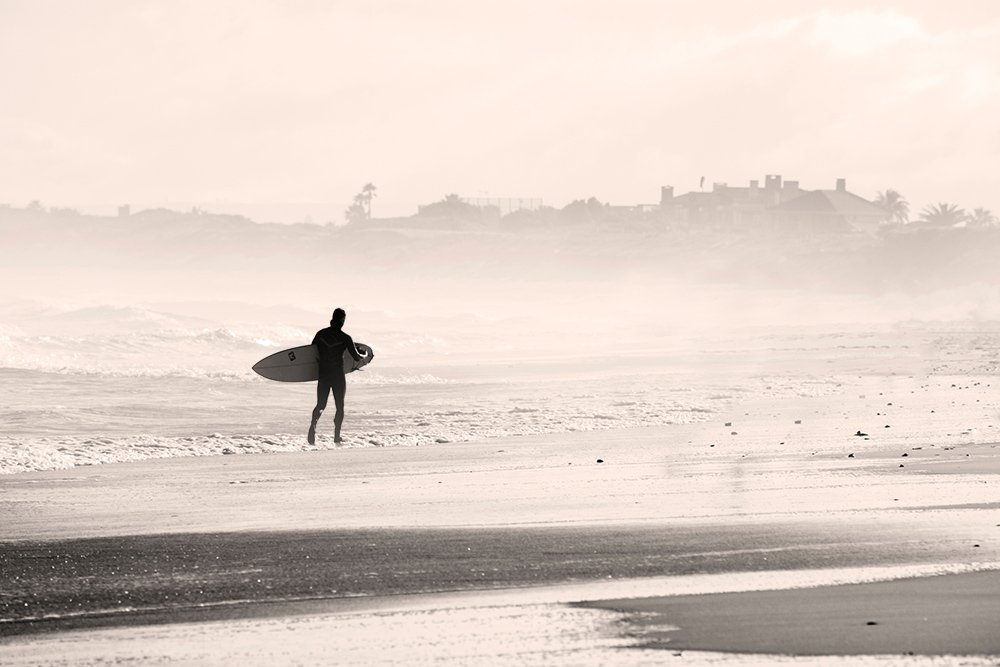
Repetition
This can involve the repeated use of lines, shapes, colors, textures, or other visual elements that create a sense of consistency and uniformity. The repetition photography examples could be anything—a row of trees, a series of arches, a field of sunflowers, or even a group of people dressed similarly.

Texture
Texture is a visual representation of how something feels, whether it is rough or smooth or soft or prickly. The cues we use to determine texture as we look at a subject (or scene) are variations in colour, shadow, line, shape, and depth.
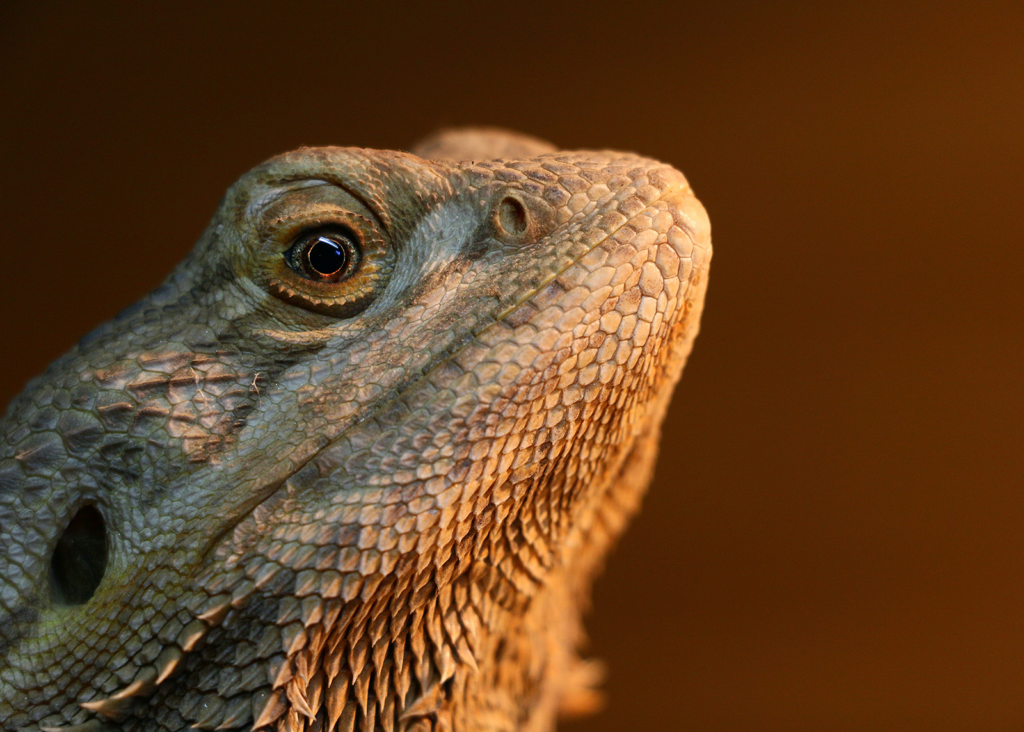
Colour
A prominent colour in your image – whether it’s a concrete colour block or a set of similar colours that form a palette can make a bold statement in your shot.
Colours can also convey a mood to your image that will be emotive to the viewer. And you could also single out one particular colour to make a striking statement and have it ‘pop out’ of your shot.
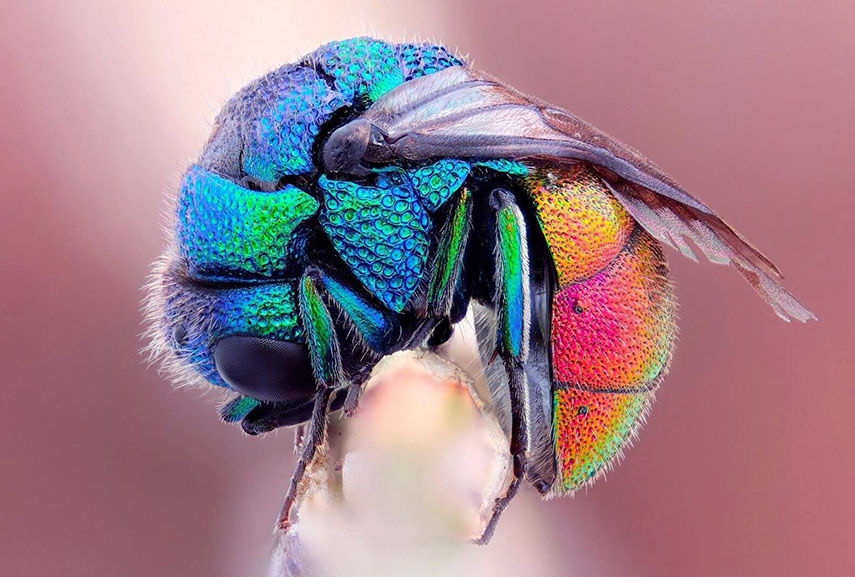
Value/Tone
Focusing on tone in your image means using variables of contrast and light and dark areas to bring depth to your image.
The tone is fundamental in black-and-white photography, where it should be used to guide the viewer through your image where there is no colour present to focus their attention.
Practice makes perfect when it comes to tone, and we recommend trying different lighting scenarios and contrast levels for your preferred aesthetic.
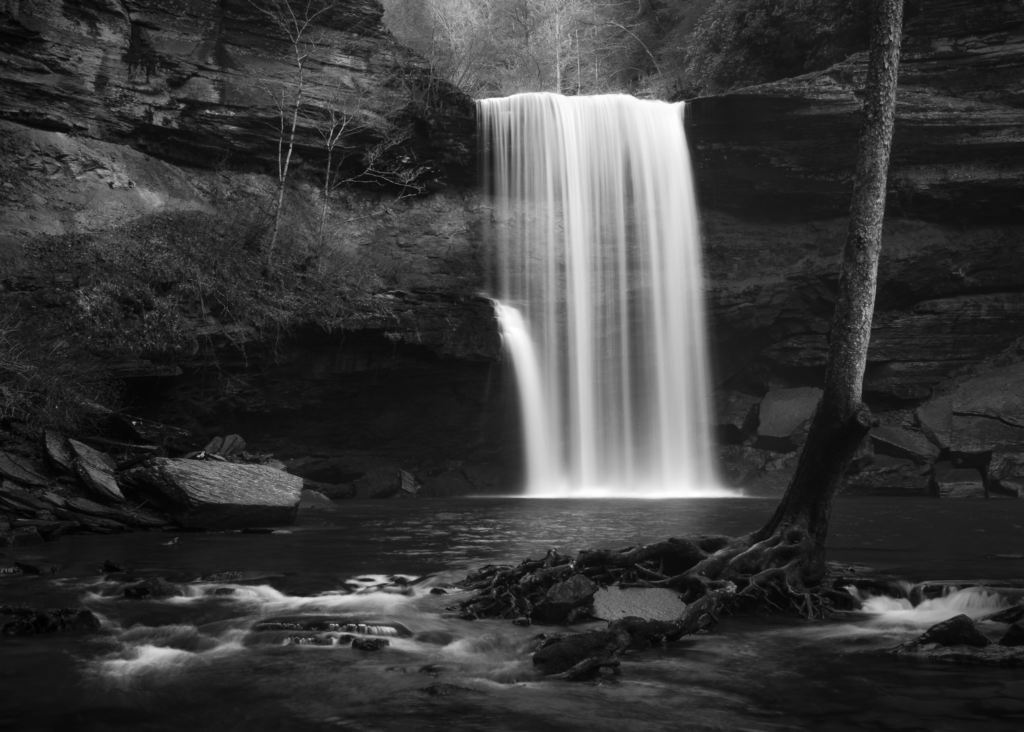
Francis Bruguière
Francis Bruguière (1879–1945) was an American photographer and avant-garde artist known for his pioneering work in abstract photography. Initially a portrait and commercial photographer, Bruguière became famous for his experimental use of light and shadow, creating abstract images through techniques like multiple exposures and cut-paper compositions. His work was influential in pushing photography beyond its traditional documentary role into the realm of fine art. Bruguière also worked in film and design, collaborating with prominent figures in the early 20th-century modernist movement.


Francis Bruguier inspires me as he uses unique styles and cut outs of paper. He also intelligently configures light by using cut-outs held against un-natural light to get shadows.
Photoshoot
I put all of my pictures from the photo shoot into
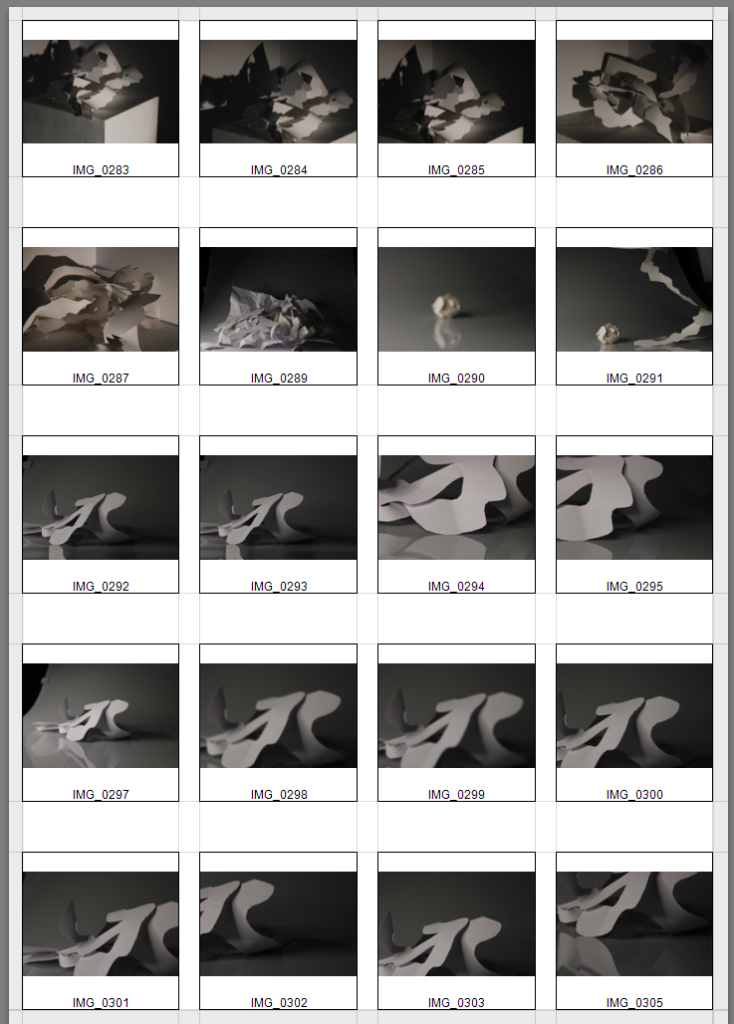
My Chosen Images
Using Lightroom I picked out and made a folder regarding my best pictures from the Photo Shoot. I then proceeded to compare my images and pick the top 20.
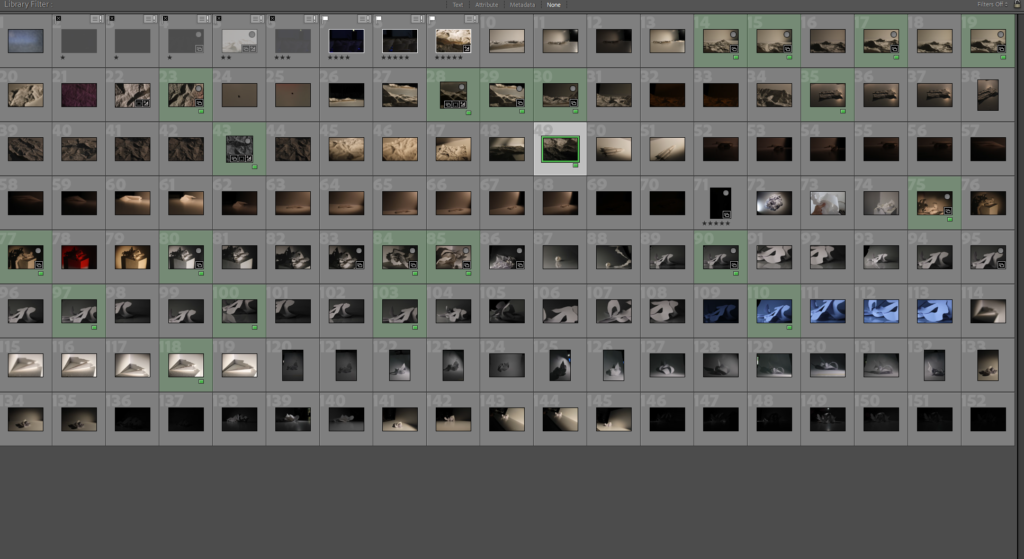
Using the colour-coding method on lightroom i picked out my favourites and marked them in green. This made it easier for me to then go on to organize them into a set folder
Editing
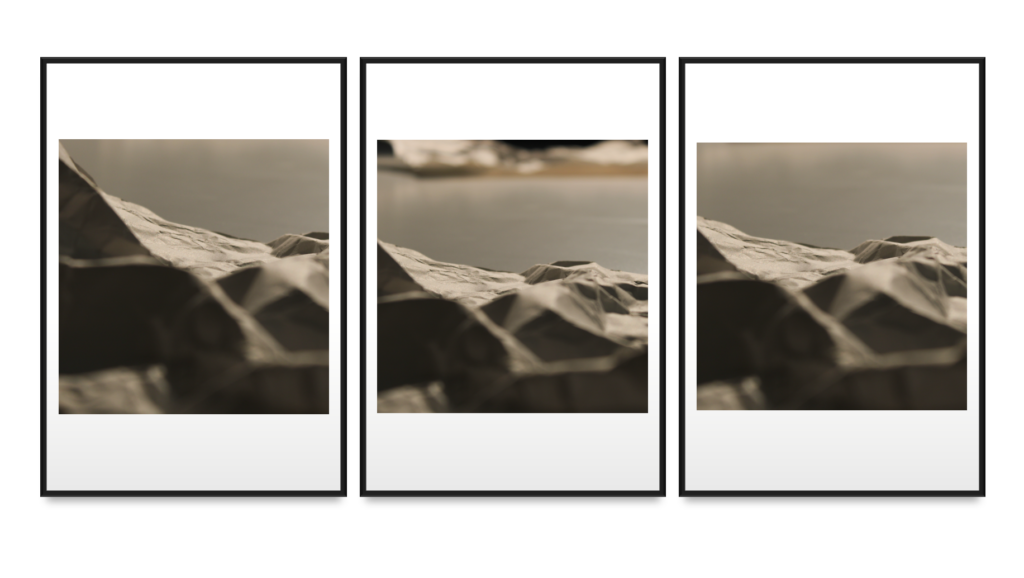
Final Image:
